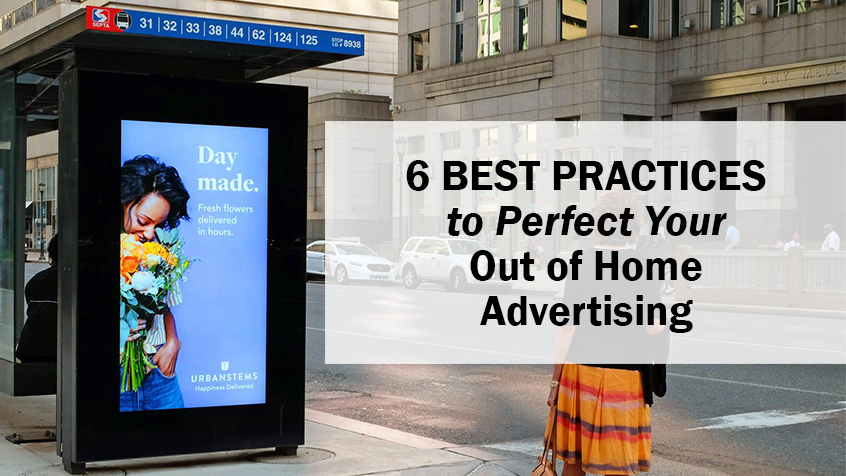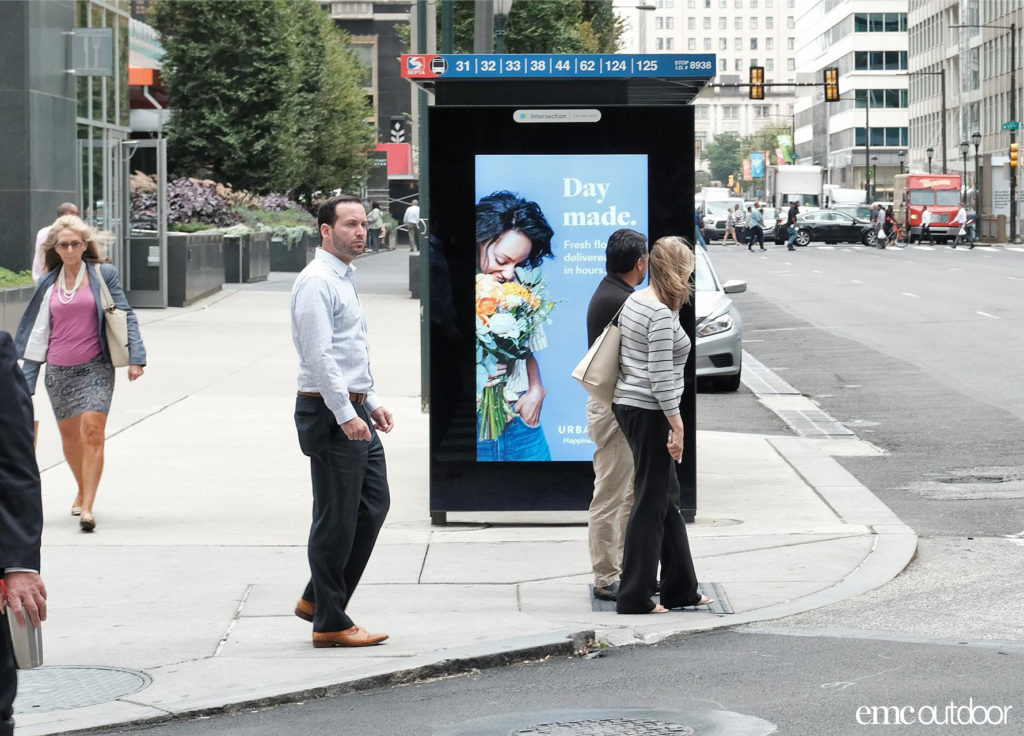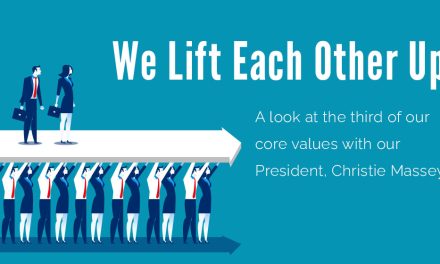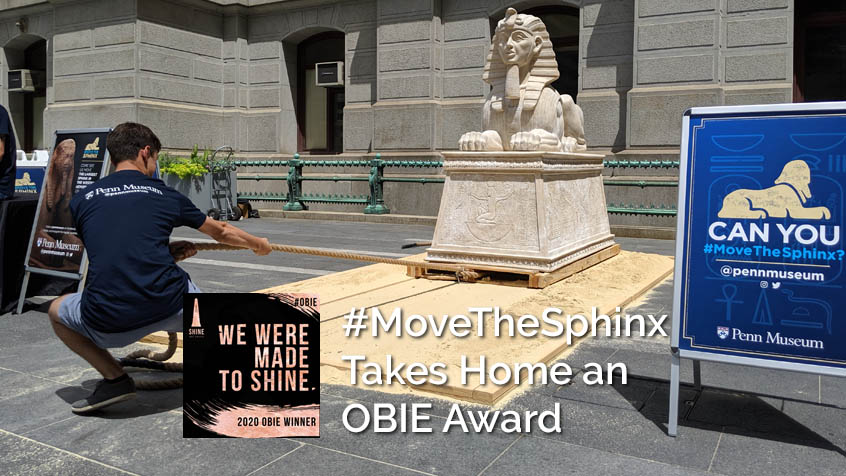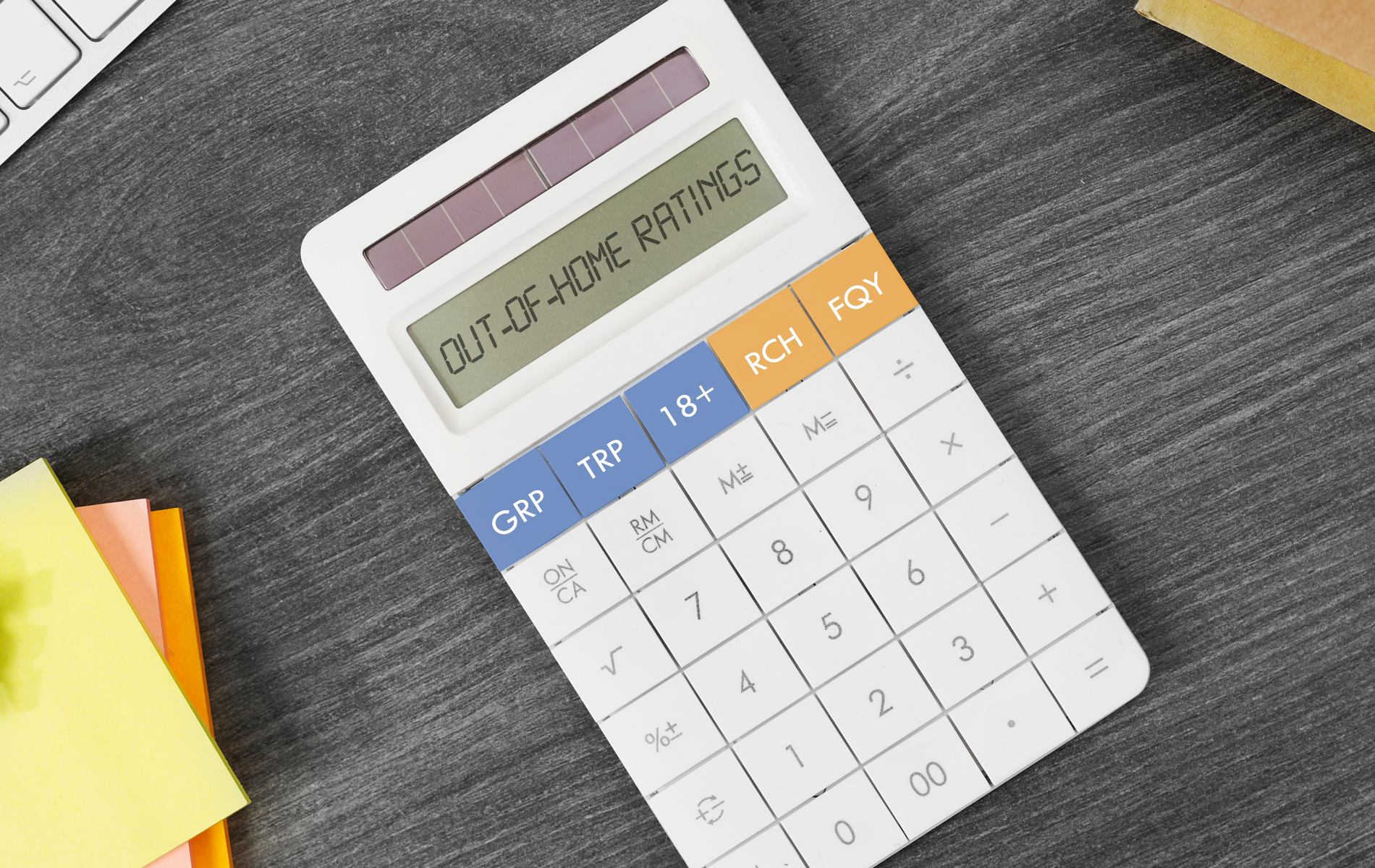Digital might be the latest and greatest in the ad world, but Out of Home is a force to be reckoned with. In fact, it’s the only traditional ad medium to see growth in the past year.
According to Nielsen, 90% of residents over the age of 16 have noticed an out of home message in the past month, and 80% have seen one in the past year. Any business looking to break into a new market or reinforce their position as a market leader can benefit from this channel.
However, it’s important to note that simply running a few billboards and hoping for the best is not enough. The most successful companies focus not just on out of home, but on perfecting the elements of their campaign that will have the greatest potential audience impact. These 6 best practices can help you get started.
1.) Get the Placement Right
Out of home messages occupy a specific media space allowing you to reach audiences in those locations. That means, you must ensure that any spaces you occupy run in geographic areas that align with your target audience.
Consider the Nature of the Market
Understanding the composition of the market in which you’re looking to reach is the first step. Are you operating in a driving market like Houston? Highway billboards might be perfect. A campaign in a metro market, like NYC or DC, on the other hand, will benefit from street-level messages more easily seen by pedestrians and slow-moving vehicular traffic.
The inventory in the market also plays a role in determining how best to maximize the use of OOH placements. The high-demand, high cost media options in Times Square may prove difficult to secure or fall outside of your budget range. Media options surrounding that part of Manhattan may be more cost effective, readily available, and will still reach the same audience.
Leverage Your Audience Understanding
By identifying the behavioral tendencies and travel patterns of your core audience, you’ll be able to effectively optimize media placements. Their behaviors in the market, such as their daily journey to and from work, should inform the space you buy. Be aware of general audience behaviors—6 out of 10 U.S. residents age 16 and above have walked around a downtown area in the past month. By aligning audience parameters and behavioral tendencies with the nature of the market itself, you’ll by default focus on key areas and market hot spots, optimizing exposure and eyes-on.
2.) Optimize Your OOH Timing
When exactly do you want to reach your audience? The answer to that question can inform every aspect of your OOH campaign:
- Reaching audiences in the consideration phase requires a visibility-driven campaign. Big, recognizable branding and imagery along with simple, memorable messaging works best for this stage. Media that reaches the audience without intrusion, where they are, will be most effective.
- Reaching audiences in the purchase intent phase requires more specific, instructional messaging. That may include details to access the brand on the web, coupon or discount information, and advice on how to follow through with a purchase. Media that reaches audiences while they are shopping, when they are ready to buy or at point-of-sale will perform best.
Of course, timing doesn’t just matter for your audience. Depending on your business, seasonality of the messaging can also play a major role.
Accounting firms make their living during tax season, so if they want to get the attention of those seeking a big return, they must reinforce the message and build brand awareness well before April 15. Similarly, back-to-school is a major summer shopping opportunity; travel increases significantly during the winter holidays; allergy relief is in high demand when the seasons change. Being able to identify when consumers are most likely to make the transition from the consideration phase to showing purchase intent will allow your team to effectively time an ad campaign.
3.) Focus on the Perfect Format
Out of home, offers hundreds of unique formats, each offering its own unique set of benefits and advantages to put your message in front of the right audience, at the right time, in the right location.
The Benefits of Static Formats
Static out of home placements offer 100% share-of-voice in the space. For the duration of the campaign, it’s your brand and only your brand. In other words, this is 24/7, always-on branding – it doesn’t turn off and it can’t be missed. As Digital OOH opportunities have become more prominent, and originally static units have been converted to digital, static OOH has seen its role and value become more defined and apparent.
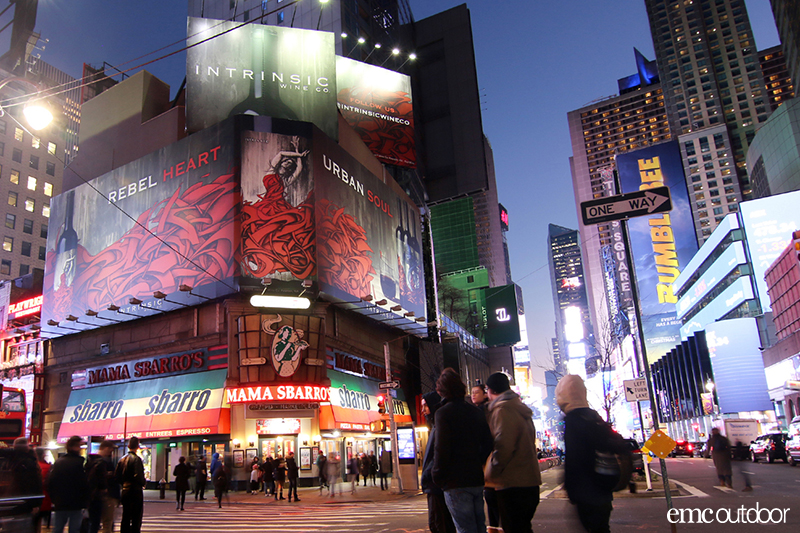
The Opportunities of Digital Formats
According to the Outdoor Advertising Association of America, out of the almost 350,000 billboards in the U.S., just under 9,000 are digital bulletins. And there’s a reason for that – digital OOH signage revolutionizes the traditional OOH medium in more ways than one. A few key advantages are creative flexibility, interactive and audio/video capabilities, and eliminating production and installation costs of physical materials. They offer quicker turnaround for implementation, requiring virtually zero production time. You can take full advantage of digital formats by utilizing more comprehensive visuals with video or by changing creative throughout a campaign.
When considering digital OOH, pay special attention to the dwell time of the audience in the area. The more time your audience spends with the space, the more opportunity you have for video content. Taxis, subway stations, gas stations, and airports for example offer longer dwell times, creating a story-telling opportunity with digital OOH.
4.) Build the Right Message
Nielsen has found that, on average, 81% of people who noticed a specific type of OOH ad in the past month engaged with the messaging. That includes searching for the brand, making a purchase, sharing an image of it on social media, etc. In other words, OOH can be key in cutting through the noise and getting your audience to pay attention.
Your messaging has to be on-brand, positioning your business as unique in the marketplace and beneficial to your audience. It also needs to be relevant, solving a problem for your audience. A single straightforward, clear, and concise message tends to work best.
In other words, storytelling can be difficult with a single placement. That doesn’t mean you can’t get creative, though. Innovative brands use OOH to tell comprehensive stories, either through sequential messaging on multiple boards in the same location, or by making scheduled changes to the messaging over the course of the campaign. You can build significant brand awareness and position your brand, so consumers relate to and align with it.
5.) Pay Attention to the Creative
The overriding principle for any out of home creative is simplicity. Out of home is its own media channel, with its own considerations for creative, which means you can’t simply drop-in or repurpose media from other channels. Like the messaging, your creative must be intentional to reaching your audience, and on brand, too. After all, creative drives engagement–it’s doing the heavy lifting for your campaign.
Consider some important aspects of creative development, including (but not limited to):
- The size and format of the media and the creative opportunities those measurements provide.
- A good balance of the imagery, copy, and white-space to let the design breathe and focus attention. For copy, the general rule of thumb is “seven words is one too many.”
- Vibrant imagery that’s on brand and engaging.
- Visibility based on the space and approach view. For example, keep text at a minimum on billboards, as motorists will have a short window of time to take in and understand the message.
The space and context will play a core role in creative development. Billboards on highways should follow a “make small objects bigger, not big objects smaller” rule. Meanwhile, transit shelters and street-level posters allow for more detailed imagery, as they’ll be seen up close and often offer a longer dwell time than billboards.
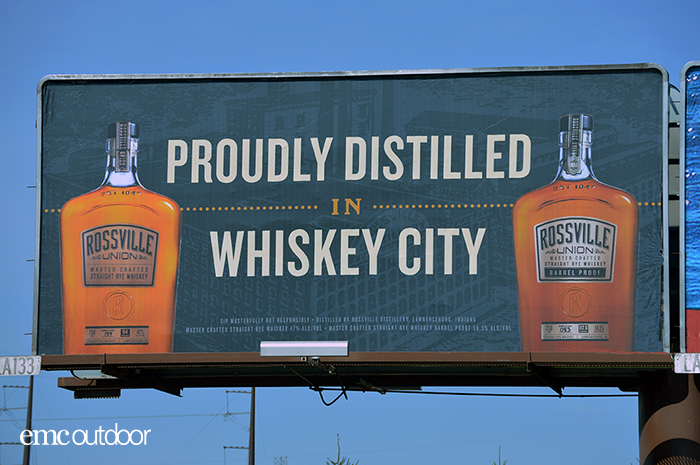
6) Integrate OOH with Other Media
Ideally, OOH should not be an isolated channel in your marketing mix. It’s an integrated part of a larger strategy that succeeds in the context of your greater brand goals. Consider pairing your out of home campaign with a digital and mobile campaign, making each work harder.
That connection makes intuitive sense. In fact, 66% of OOH viewers used their smartphone in response to seeing an OOH ad. Meanwhile, the same study found that more than 4 in 10 OOH viewers who own a smartphone have searched for an OOH advertiser on their mobile device.
Optimize Your OOH for Sustainable Success
The power of OOH is undeniable, but it takes careful planning to appropriately leverage its capabilities so that it works for your brand. That means more than just booking a space because it’s a good deal and retrofitting your messaging from other ad mediums. Instead, approach the channel strategically, keeping in mind your target audience, the market, and your brand’s positioning.
Contact Us to learn more.

